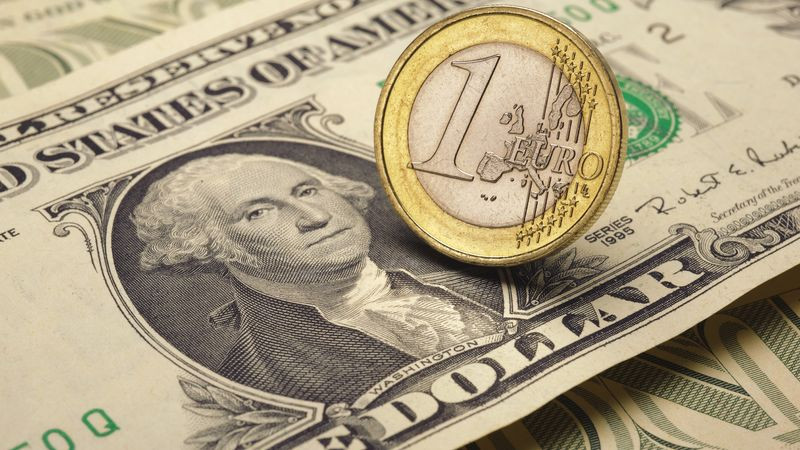
Following the results of the last five days, the greenback strengthened against its main competitors by 1.3%.
On Friday, the USD index reached 100.19, which was the best indicator since May 2020. Then the greenback adjusted and ended trading near 99.80.
Taking advantage of the fact that the dollar loosened its grip somewhat, the EUR/USD pair was able to bounce back from a multi-week low in the area of 1.0840 and recover to 1.0875. However, it failed to break a seven-day losing streak. The pair ended Friday's session in a symbolic negative.
Starting Monday at $1.1050, the single currency fell in price against the US dollar by 1.6% over the past five days, marking the worst weekly close in almost two years.
On the eve of the weekend, the economic calendar was not replete with significant releases, and there was a deterioration in sentiment on world markets. This did not allow the EUR/USD pair to develop an upward momentum.
Reflecting a decrease in risk appetite, key Wall Street indexes ended Friday trading mostly with a negative mood. In particular, the S&P 500 decreased by 0.27% to 4488.28 points, and in general, the index lost 1.3% over the week.
Investors continued to play back the possible tightening of the Federal Reserve's monetary policy.
The minutes published last Wednesday from the March FOMC meeting reflected the readiness of the US monetary authorities to begin reducing the balance sheet by $95 billion per month from May, which will almost double the pace of the previous policy normalization cycle in 2017-2019. By the end of 2023, the indicator may decrease from the current $9 trillion to $6.5 trillion. The Committee members are also ready to raise the key rate by 0.5% at once.
Such prospects contribute to the rise in US Treasury bond yields, which puts pressure on stocks.
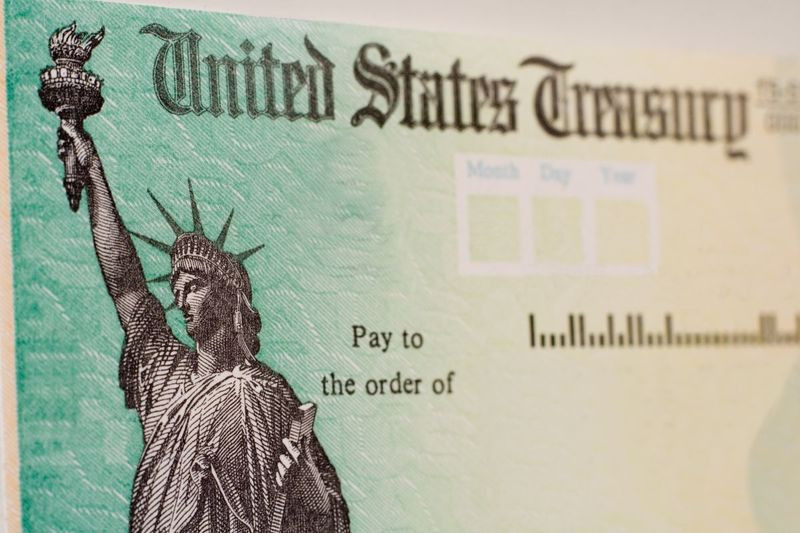
On Friday, the yield of 10-year treasuries rose above 2.7% with the prospect of a jump above 3% at the next Fed meeting.
Investors in the stock market should prepare for a drawdown of the S&P 500 index below 4,000 points by the end of 2022, which creates the potential for a fall of 11% from current levels, according to Bank of America strategist Michael Hartnett.
In his opinion, against the background of the recovery of consumer demand, the persistence of gaps in supply chains and the military conflict in Ukraine, inflation got out of control, reaching peak values for 40 years.
An inflationary shock is followed by an interest rate shock and then a recession shock, the expert warns.
The vast majority of economists polled recently by Reuters expect the Fed to raise the key rate by 50 basis points in May, and more than half of them consider a possible rate hike by 50 bps in June.
At the same time, analysts estimated the probability of a recession in the United States in a year and two years at 25% and 40%, respectively.
Eurozone bond yields also rose on Friday. However, the signals coming from the sovereign debt markets of the currency bloc are completely different than in the United States.
Recently, an inversion of the yield curve of treasuries was recorded, when the two-year yield exceeded the 10-year one, which was a warning to the markets, since this step is considered a harbinger of a recession.
Meanwhile, the two-year/10-year segment of the German curve has become steeper this year, which means that the yield of 10-year bonds has grown faster than the same indicator of short-term bonds. But this step seems illogical, since the military conflict in Ukraine is expected to cause more pain to the eurozone economy than to the American economy, given the closer economic ties of the currency bloc with Russia and its dependence on Russian energy.
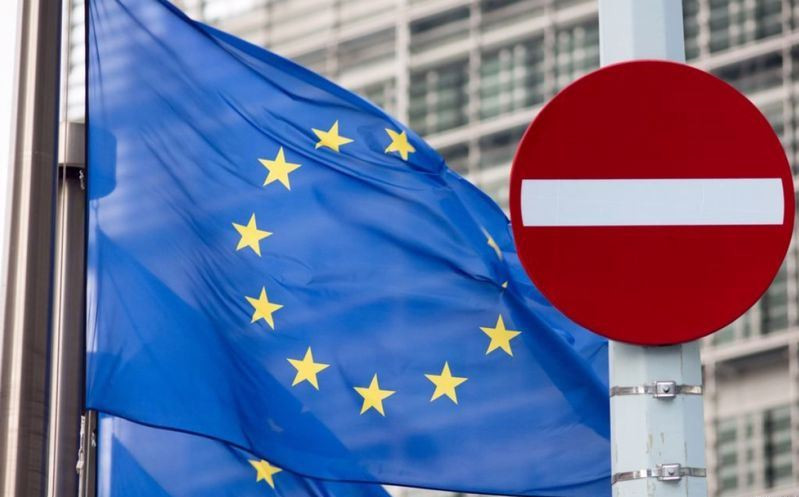
One explanation for the recent inversion in the US was that it reflected concerns that the Fed, set for a sharp and rapid increase in interest rates, would provoke a slowdown in economic growth.
But the recession in the eurozone will not be caused by the actions of the central bank, but by the consequences of the military conflict in Ukraine. Therefore, it is not necessary to focus on the dynamics of the yield curve at this stage, according to Morgan Stanley analysts.
ING strategists, in turn, noted that the curve should be even a little steeper, given that the European Central Bank rate hike by 60 basis points by the end of the year seems excessive to many analysts.
The minutes from the ECB's March meeting published last Thursday showed that policymakers wanted to go further than stopping bond purchases at some point in the third quarter.
As a result, traders began to put in prices an increase in ECB rates by more than 65 basis points by the end of the year, compared with about 60 basis points before the publication of the minutes.
Expectations for an increase in interest rates in the eurozone next year have also increased sharply. For example, money markets are betting that rates will rise to about 1.15% in July 2023, up from about 0.95% at the beginning of the month.
Leading banks are also adjusting their forecasts.
So, Goldman Sachs and Danske Bank now expect the ECB to raise rates by 25 basis points, both in September and in December.
"The economic background since the last ECB meeting has shifted further towards a stagflationary scenario in the eurozone, with weakening economic growth, increased uncertainty, declining confidence and higher inflation," Danske Bank analysts said.
"The growing risk of unsupported inflation expectations and the impact of the effects of the second round on wages will put pressure on the ECB to continue normalizing its policy, despite the growing risks of recession," they added.
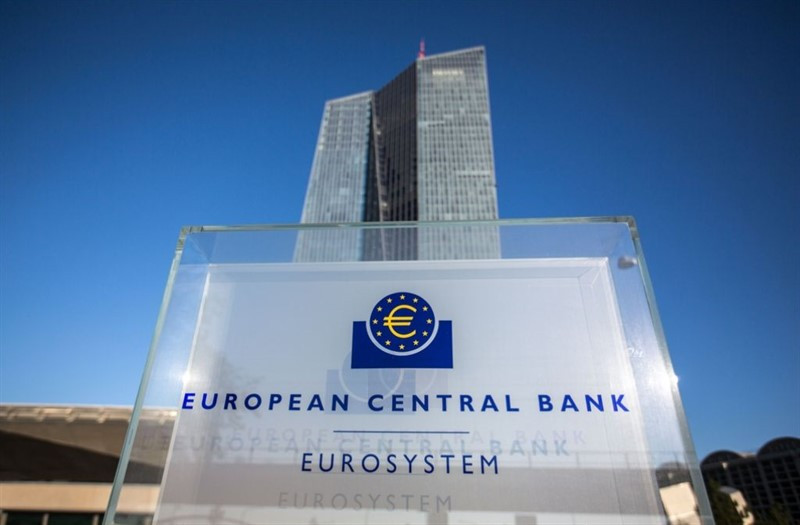
Economists at Goldman Sachs admit that a rate hike in the eurozone may occur as early as July if demand, affected by the conflict in Ukraine, turns out to be less than expected, and there are clear signs of the consequences of the second round of inflation.
If the recent strengthening of the US dollar against the European currency was largely due to the fact that the ECB, unlike the Fed, is in no hurry to abandon the ultra-soft monetary policy, now, according to a number of analysts, there are signs of changes.
"We expect a sharp change in tone from the ECB, with the announcement of the early termination of quantitative easing in May and laying the groundwork, but not quite a commitment, for the central bank to raise the rate in June by changing its forward guidance," TD Securities strategists said.
According to experts, this will be enough to reverse the EUR/USD exchange rate, which is near two-year lows.
On Monday, the euro briefly rose to the $1.0930 area before falling back below the $1.0900 mark.
The news that Emmanuel Macron won the first round of the French presidential election with 27.6% of the vote compared to Marine Le Pen's 23.4% provided only temporary support to the main currency pair. The two candidates will face each other again in the second round in two weeks.
"Some preliminary polls show that Macron will get 46-54% in the second round, while others estimate his chances closer to 49-51%. We warn about the so-called Bradley effect, which suggests that polls are likely to underestimate support for Le Pen. If the competition gets tougher before the second round, we expect the markets to become more nervous," Brown Brothers Harriman analysts said.
"A break above 1.1050 is necessary to signal the rise of EUR/USD to the high on March 31 near 1.1185. At the same time, testing the March 7 low around 1.0805 still seems likely," they added.
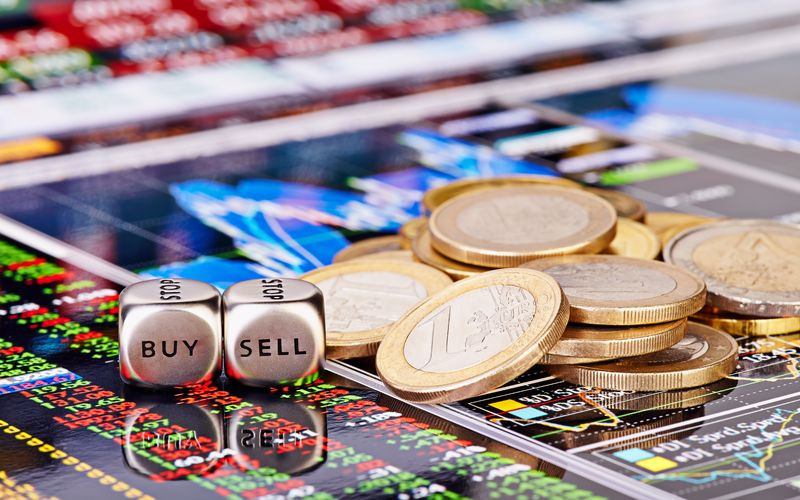
The main currency pair is having difficulty attracting bulls, as expectations of the Fed's hawkish policy and new coronavirus restrictions in China are nullifying risk appetite.
The key Wall Street indexes are in the red zone today, losing about 1% on average.
The dollar remains stable against its rivals against the background of the continuing rise in the yield of 10-year US Treasury bonds, which limits the growth potential of EUR/USD at the moment.
On Monday, the greenback is trading with an increase of more than 0.2%, about 100.00 points.
The upward movement of the USD is still largely due to rising inflation and the fact that the Fed seems ready to cope with it through rapid normalization of monetary policy, ING strategists say.
"Given the great uncertainty in the global economy, we suspect that investors will be happy to hold long positions on the dollar ahead of the Easter holidays, and we think that the US currency has a chance to gain a foothold above 100," they noted.
As for EUR/USD, ING expects the pair to drop to 1.0800 by the end of the week.
"Macron and Le Pen have increased their vote shares and seem to be preparing for a tough second round of voting on April 24. Thus, it is too early for the markets to relax. It is not surprising that the EUR/USD pair did not stay afloat. Our baseline scenario assumes that it will end the week around 1,0800. Currently, we expect EUR/USD to trade between 1.0850 and 1.0950," the bank said.
Monday's macroeconomic calendar is not eventful, although in general the week promises to be tense, as the US will publish March inflation data on Tuesday, and the ECB will hold its next monetary policy meeting on Thursday.
According to forecasts, annual inflation in the United States accelerated to 8.5% in March from 7.9% a month earlier.
In the event of the release of strong data on US inflation, the USD will once again be able to play on the divergence of monetary rates of central banks on both sides of the Atlantic, as a new record for consumer price growth will strengthen the arguments in favor of a more aggressive tightening of the Fed's policy.
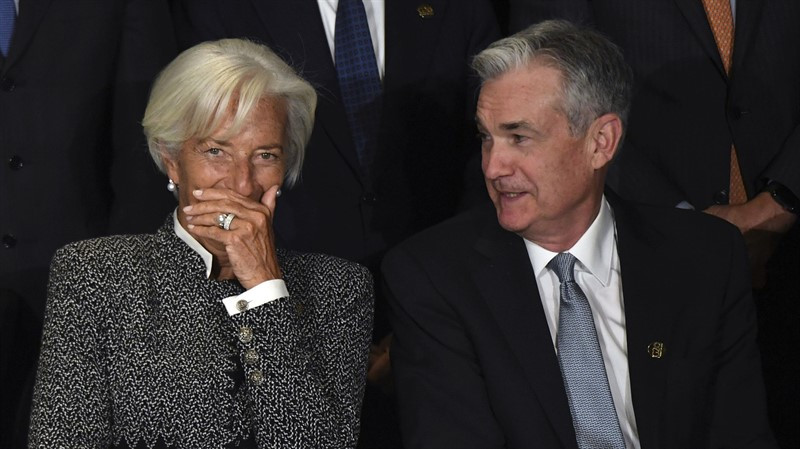
Meanwhile, the ECB will have to find a balance between rising consumer prices and the pressure on economic growth caused by the conflict in Ukraine.
Investors are interested in whether the central bank will provide more detailed information about the curtailment of asset purchases and whether it will make any clear hints about a rate increase.
If the monetary authorities of Europe announce an earlier completion of the quantitative easing program, and also prepare the ground for a June rate hike, this will not only slow down the USD rally, but also prevent the US currency from mastering new territory.
Scotiabank economists note the limited growth potential of the euro against the US dollar against the background of continuing risks associated with the conflict in Ukraine and the divergence of monetary policy of the US and European central banks.
"We believe that the problems that may delay the increase in interest rates in the eurozone this year, in general, remain. Fuel and energy prices, although weakening after a surge immediately after the entry of Russian troops into the territory of Ukraine, are still at levels that reduce secondary consumer costs, and will remain high as long as anti-Russian sanctions remain," they said.
"The chances of resolving the conflict between Kiev and Moscow have increased, but there is still too much uncertainty for the ECB to support two rate hikes of 25 bps, which the markets have put into prices. We believe that one such increase is a safer forecast. Meanwhile, the Fed is strengthening its hawkish tone," the experts added.
"After a short growth of the EUR/USD pair, steady short positions below the 1.0900 mark followed. The daily low around 1.0875 now acts as support, then the intermediate low is at 1.0850, followed by Friday's low of 1.0837, before a firmer support appears near the round figure. The resistance is located at 1.0950, then at 1.1000," Scotiabank noted.
 English
English 
 Русский
Русский Bahasa Indonesia
Bahasa Indonesia Bahasa Malay
Bahasa Malay ไทย
ไทย Español
Español Deutsch
Deutsch Български
Български Français
Français Tiếng Việt
Tiếng Việt 中文
中文 বাংলা
বাংলা हिन्दी
हिन्दी Čeština
Čeština Українська
Українська Română
Română

